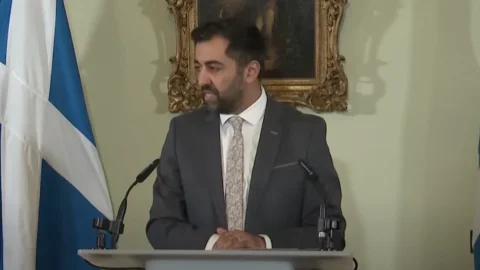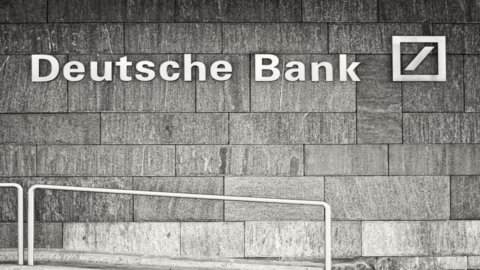By 20 October, the Government will have to present the 2017 Stability Law and in these days the general outline of the accounts is taking shape. The total bill of the maneuver should fluctuate between 23 and 26 billion euros, however well over half of which will have to be used to sterilize the safeguard clauses which weigh heavily on next year and which threaten to raise VAT rates from 10 to 12% and from 22 to 24%.
The margin for intervention on the other expenditure items, on the other hand, was reduced due to thedisappointing performance of GDP in 2016, which the government will shortly certify in the update note of the Economic and Financial Document (expected for 26-27 September). Growth this year is expected to be lower than forecast about 5 billion and this will cause an upward revision of the deficit-GDP ratio, which in turn will lead to a compression of the flexibility spaces granted by Europe.
Here is therefore, according to the latest rumors, how the new budget maneuver should be structured:
– just over 15 billion per the sterilization of the safeguard clauses;
– 2 billion for pensions (Ape and extension of fourteenth notes);
– between 600 and 900 million for the work interventions (tax reduction on productivity wages and selective mini-extension of the tax relief on new hires, which could be limited to young people and in the South, or only to the stabilization of students in training);
– at least 2 billion for the investments ("Industry" 4.0, super-depreciation and Ace);
– half a billion additional for the renewal of the state contract;
– half a billion for education and research;
– about 200 million for the extension of the energy bonuses and renovations;
– between 200 and 300 million per large low-income families;
– between 300 and 600 million for various interventions, such as anti-poverty measures;
– at least 1,2 billion for the so-called “non-deferable expenses".
There are still some important interventions to consider that the Government aims to exclude from the calculation due to European constraints, namely the reconstruction of the areas affected by the recent earthquake in Central Italy (an initial allocation of 1,6 billion is envisaged) and the security expenses.
No problem however for the cut of three points of the IRES, which was already envisaged in last year's manoeuvre.
Furthermore, if the flexibility granted by Europe permits it, some additional appropriations could also arrive, such as 100 million for the new means of the police forces and a strengthening of the non-self-sufficiency fund.
On the contrary, it is already certain that the reordering of the documents will not appear in the manoeuvre tax expenditures.
As for resources, last spring the Government had agreed with Brussels on a 2016 deficit of 1,8% of GDP, but if it managed to raise the bar again to 2,2-2,3% it would have another 6,5% available, 8-15 billion, which added to the already guaranteed flexibility would raise the additional expenditure granted by the EU to XNUMX billion.
For the rest, the third stage of the spending review could free up to 5-6 billion (of which 2-3 with linear cuts to ministries, one from lower spending on purchases and another from a reduction in the provisions for Health), while at least two more would be expected from the new Voluntary disclosure for the return of illegally exported capital.
There is also talk of a new auction of radio and television frequencies, from which the Government could obtain between 700 million and one billion euros.





